How often do Tulips bloom?
Introduction
Tulips are one of the most iconic spring flowers, beloved for their vibrant colors and elegant forms. If you’re planning to add these beautiful blooms to your garden or simply want to learn more, you may wonder how often tulips bloom and how to maximize their display. In this guide, we’ll explore the blooming cycle of tulips, the factors that affect their blooms, and tips for care to ensure your garden is filled with tulips year after year. With the right methods, you’ll be able to enjoy the beauty and longevity of these delightful spring flowers.
What Are Tulips?
Tulips are bulbous perennial plants in the lily family, Liliaceae. Native to Central Asia, tulips have been cultivated for centuries and are now a symbol of springtime beauty around the world. There are over 3,000 varieties of tulips, each with unique characteristics that range from single-petal blooms to double-petal and fringed varieties. This diversity makes tulips a favorite choice for gardeners designing anything from small flower beds to more elaborate landscapes. Understanding how often tulips bloom and how to care for them is key to making the most of these stunning flowers in your garden.
When Do Tulips Bloom?

Typically, tulips bloom once a year in the spring, with timing influenced by the variety, climate, and planting time. Here’s an overview of the typical blooming schedule:
- Early Bloomers: Some tulips, like Single Early tulips and Triumph tulips, bloom as early as March. These varieties bring the first signs of spring to a garden and thrive when temperatures start to rise.
- Mid-Season Bloomers: Mid-season tulips, such as Darwin hybrids, usually bloom in April. These tulips often create the most vibrant part of a spring garden, filling it with rich colors.
- Late Bloomers: Varieties like Parrot tulips and Double Late tulips bloom in late April or May, extending the tulip season and providing a beautiful finale to spring.
Thus, to answer the question of how often tulips bloom, they generally bloom once each year in spring. However, the timing depends on the type of tulip you plant and the climate in your area.
Factors That Affect How Often Tulips Bloom
Several factors can affect how often and how successfully tulips bloom. Knowing these factors can help you plan for a vibrant tulip garden:
- Climate: Tulips prefer regions with a temperate climate, where winters are cold and springs are warm. Warmer climates might lead to early blooming, while cooler climates may delay it. In regions with milder winters, consider early-blooming tulip varieties or exploring ways to raise beds for vegetable gardening to help manage soil temperature.
- Soil Conditions: Tulips require well-draining soil to prevent bulb rot. If the soil holds too much moisture, your tulips may struggle to bloom consistently. Adding compost or sand can improve soil drainage and give the tulips a better chance of thriving.
- Sunlight Exposure: Tulips need plenty of sunlight to bloom well. Plant them in areas with at least six hours of daily sunlight, as full sun encourages stronger growth and better blooming.
- Watering Practices: While tulips need moisture to grow, overwatering can cause bulb rot, which might prevent blooming. It’s best to water deeply but infrequently, especially if your garden has well-drained soil.
- Temperature Needs: Tulips require a period of cold dormancy to bloom properly. For warmer regions, chilling bulbs for 12-16 weeks before planting may be necessary. This simulates winter conditions and helps tulips bloom at the appropriate time.
Tips for Encouraging Tulip Blooms
To ensure your tulips bloom beautifully each spring, follow these helpful tips:
- Choose the Right Variety: Selecting tulip varieties that suit your local climate will improve the likelihood of consistent blooming. Local nurseries often stock varieties that do well in your area. If you’re looking to diversify, consider adding easy-care plants like indoor window plants alongside your tulips for year-round greenery.
- Plant at the Right Depth: Tulips should be planted six to eight inches deep. Shallow planting can leave bulbs exposed to temperature fluctuations, while planting too deep may stifle growth.
- Fertilize Wisely: A balanced or low-nitrogen fertilizer can help maintain tulip health. Fertilize when planting and again in early spring as new growth appears. Over-fertilizing, however, can lead to more foliage than blooms.
- Deadheading Spent Blooms: Removing spent flowers, also known as deadheading, prevents the plant from focusing on seed production and instead helps it conserve energy for next year’s blooms. If you’re curious about deadheading techniques, you might want to explore our guide on how to cut tulips so they regrow.
How Long Do Tulips Bloom?
Once in bloom, tulips typically last one to two weeks. The duration depends on environmental conditions, variety, and care. For example, warm and windy conditions can shorten the bloom period, while cooler and moist weather may extend it. Planting a mix of early, mid-season, and late-blooming varieties can help create a longer-lasting display.
Lifespan of Cut Tulips

Cut tulips, when displayed in a vase, generally last about 5 to 10 days. However, their lifespan indoors depends on various factors, such as water freshness, room temperature, and the stage at which they were initially cut. To help your cut tulips last as long as possible, start by trimming the stems at a slight angle before placing them in a vase filled with fresh, cool water. This angled cut allows for better water uptake and prevents the stem from resting flat at the bottom of the vase, which can limit hydration. Adding flower food to the water also prolongs their freshness, supplying essential nutrients that keep the flowers vibrant.
Placement is crucial for cut tulips. Keeping the vase in a cool room, away from direct sunlight or heat sources like radiators, will prevent them from wilting too quickly. If you’re interested in experimenting with ways to help cut flowers thrive, you could also try using a DIY plant watering bottle to maintain a steady level of hydration. Re-cutting the stems every two days helps keep the tulips absorbing water effectively, and changing the water regularly will reduce bacteria growth that can shorten their lifespan. To further enhance longevity, you might also consider adding a few drops of bleach or a coin to the water to keep it clear. These simple practices can give you more time to enjoy the natural beauty of tulips indoors, transforming your home with their cheerful presence.
Aftercare for Tulips
After tulips have finished blooming, proper aftercare is essential to prepare them for next year. Here’s what to do:
- Leave Foliage Until It Yellows: Once blooms fade, allow the leaves to remain on the plant for several weeks. The leaves photosynthesize, storing energy in the bulb for next spring’s blooms. Cutting back too early may weaken the bulb.
- Watering After Bloom: Lightly water tulips after blooming, especially during dry spells. This helps keep the bulbs nourished and ready for the next season.
- Apply Mulch: Adding a layer of mulch around the tulips helps retain moisture and protects the bulbs. Mulching also keeps soil temperatures stable, which benefits the bulbs.
- Fertilizing After Blooming: A light application of fertilizer after blooming restores nutrients to the soil and prepares the tulips for dormancy. Use a balanced fertilizer but avoid high nitrogen, which may encourage more foliage than flowers.
Preventing Common Issues
Keeping tulips healthy helps them bloom reliably. Here are some preventive tips:
- Choose a Good Planting Location: Tulips thrive in areas with well-draining soil and full sunlight. Avoid planting them in low-lying spots where water collects, as this can lead to bulb rot.
- Pest and Disease Control: Common pests like aphids, slugs, and rodents can harm tulips. Using natural remedies like DIY plant watering bottle techniques or insecticidal soap can help protect your tulips.
- Space Tulips Properly: When planting tulips, leave three to six inches between bulbs to ensure good airflow, which reduces the risk of fungal diseases. Spacing also allows each plant ample room to absorb nutrients and grow.
Different Tulip Varieties and Their Blooming Patterns
Choosing the right tulip varieties is an excellent way to ensure your garden remains colorful throughout spring. Here are some popular tulip varieties:
- Single Early Tulips: These tulips bloom in early spring and bring the first splash of color to the garden. They’re ideal for pairing with other early bloomers like flowers that look like tulips.
- Darwin Hybrid Tulips: Known for their large, classic blooms and sturdy stems, Darwin hybrids bloom in mid-spring. Their size and color make them popular for garden borders and bouquets.
- Fringed Tulips: Fringed tulips add texture to the garden with their unique petal edges and bloom in mid to late spring.
- Parrot Tulips: These eye-catching tulips have feathered petals and bloom later in spring, providing dramatic color.
- Double Tulips: Double tulips resemble peonies with their layered petals and bloom late in the season, adding lushness to the garden.
Planting a mix of early, mid-season, and late-blooming tulips can keep your garden looking colorful all season.
Conclusion
Understanding how often tulips bloom and providing proper care will help you enjoy a stunning spring display each year. With attention to factors like soil quality, sunlight, and watering, you can maximize the beauty of your tulips and keep them blooming reliably. By selecting a variety of tulip types, you’ll enjoy a prolonged blooming season, bringing vibrant colors and elegance to your garden. Embrace the joy of tulip gardening, and soon your garden will be a breathtaking showcase of springtime beauty. For additional tips on extending your garden’s beauty, explore guides like how to harvest and store onions or when to prune blackberry bushes. Happy gardening!


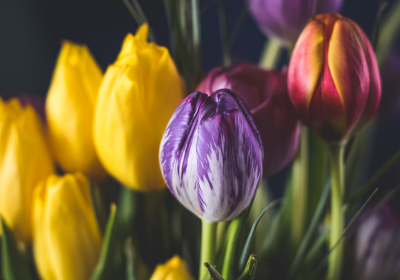
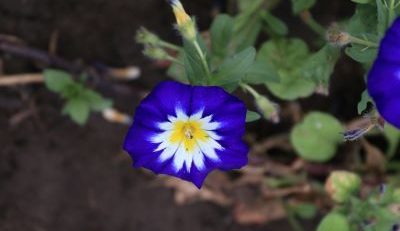




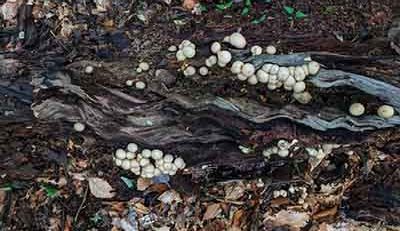
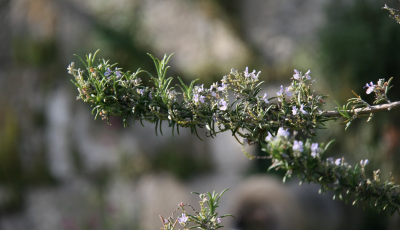

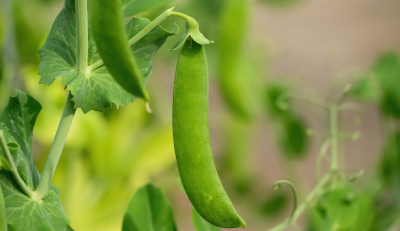
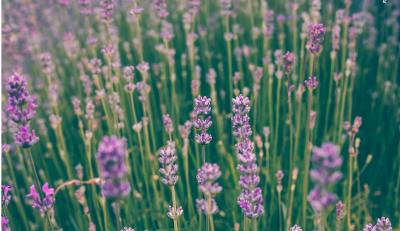
Leave a Reply